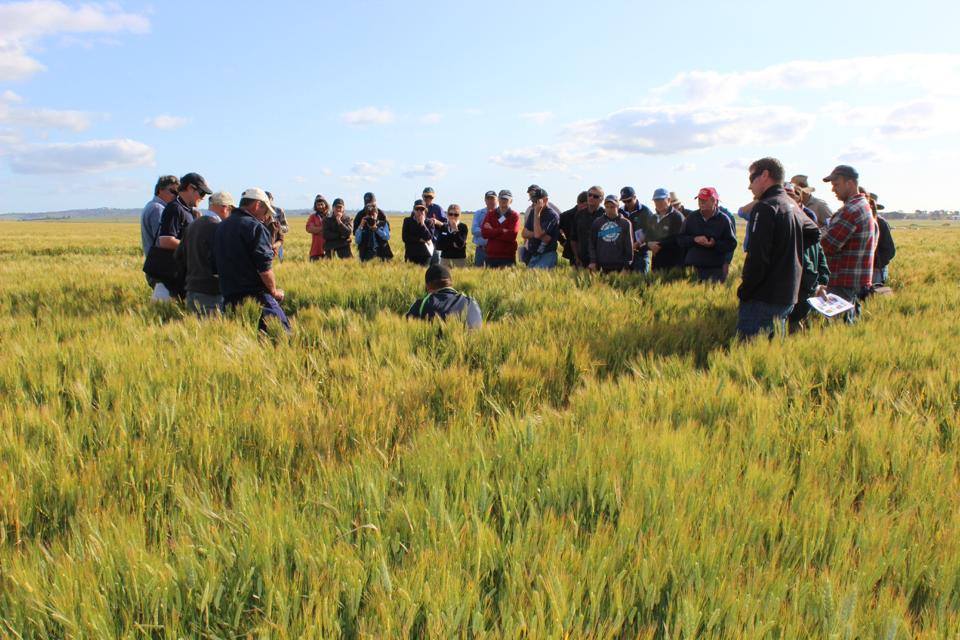Full Name: Barley Grass Management Options
Funding Body: Grains Research & Development Corporation (GRDC)
Background
Site was planted to Spartacus barley in 2018. Site was chosen for the demonstration trial due to the presence of an uncontrolled barley grass missed spray strip from 2017. This strip is one boomspray width wide (36 m) by about 120 m long. Barley grass levels in this strip are high and relatively even in distribution. All the area around the uncontrolled strip have low levels of barley grass infestation.
Background
This project came about following observations of uncontrolled barley grass populations across the region, resulting in negative crop competition and issues associated with grass seeds in livestock. It was suspected, but not confirmed, that this was a result of herbicide resistance to commonly used chemistries (typically Group A’s/1’s), which are typically a cheaper option when compared to options used in the cereal phase of the cropping rotation. Therefore, this project was bought about to investigate management options to help control barley grass populations, using a change to management rather than chemicals. The trial was established in 2019, in the Melrose region.
The project investigated the impact (and interaction) of two locally relevant cropping tactics on barley grass levels:
- Impact of dry seeding cereals vs waiting for the opening break and seeding after a knock-down herbicide has been applied
- Effect of cutting a crop for hay vs taking it through to grain.


